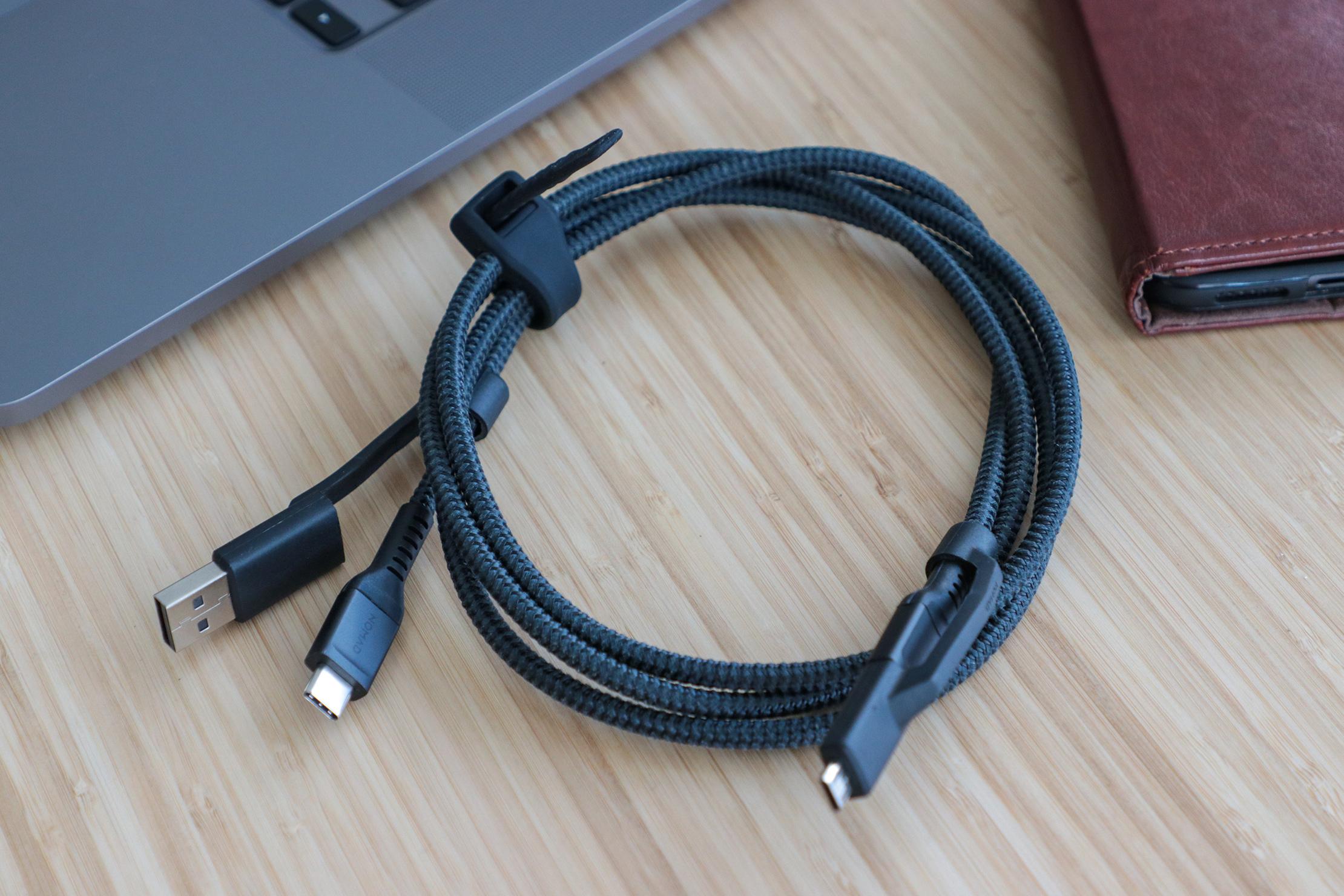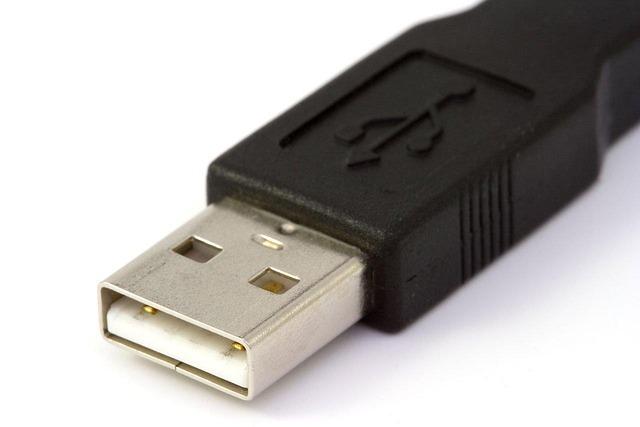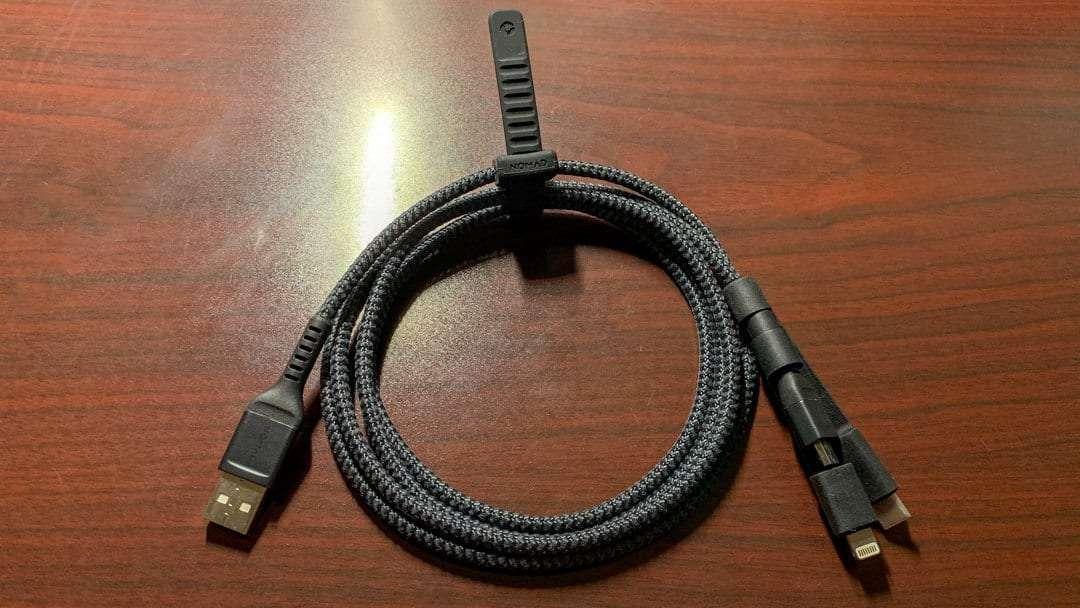In today’s fast-paced, tech-driven world, the quest for durability and reliability in charging solutions has become more crucial than ever. As we juggle multiple devices, the last thing we want is a frayed cable interrupting our flow. Enter the Nomad Worldwide Cable and Anker PowerLine III—two heavyweights in the charging cable arena, each promising longevity and performance.But which one truly stands the test of time? In this article, we delve into the features, materials, and user experiences to determine if Nomad’s rugged versatility can outlast Anker’s renowned engineering prowess. Join us as we explore the battle of durability, so you can make an informed choice for yoru everyday charging needs.
Durability Showdown: Examining the Build Quality of Nomad Universal Cable and Anker PowerLine III
When it comes to evaluating the durability of the Nomad universal Cable versus the Anker PowerLine III, several key factors come into play.Both cables boast premium materials designed to resist wear and tear, but each brand approaches build quality differently. The Nomad Universal Cable features a unique braided nylon sheath which not only looks sleek but feels sturdy in your hands. Its reinforced connectors are well-crafted, designed to withstand the rigors of daily use. Conversely, Anker has long been synonymous with reliability, and the PowerLine III exemplifies this with its fortified construction. The cable is constructed using thick gauge wiring and has an enhanced connector design that minimizes fraying and breakage.
In terms of additional durability features, the Nomad cable offers a modular design allowing for easy repairs, while Anker’s PowerLine III includes an integrated strain relief that prevents snapping at high-stress points. to better illustrate how they stack up against each other, take a look at the comparison below:
| Feature | Nomad Universal Cable | Anker PowerLine III |
|---|---|---|
| Sheath Material | Braided Nylon | Thick PVC |
| Connector Strength | Reinforced Connectors | Fortified Design |
| Modularity | Yes | No |
| Strain Relief | No | Yes |

Charging Efficiency: Performance Metrics That Matter for Everyday Use
When evaluating charging efficiency for everyday use, it’s essential to consider several key performance metrics that can considerably impact user experience. Both the Nomad Universal Cable and the Anker PowerLine III are designed with modern users in mind, yet their performance can vary depending on the specific scenario. Factors such as ampacity, data transfer speed, and durability under stress play crucial roles in how effectively these cables function in daily situations.Users should assess the following aspects:
- Ampacity: Measures how much current the cable can safely carry without overheating.
- Data Transfer Speed: Indicates how quickly data is transmitted alongside charging.
- Durability: Assesses the cable’s capacity to withstand bending, pulling, and other forms of wear and tear.
To provide an insightful comparison, let’s look at a simplified table highlighting these metrics for both cables. Not only does this offer a clearer view of charging efficiency,but it also helps users make informed choices based on their specific needs.
| Feature | Nomad Universal Cable | Anker PowerLine III |
|---|---|---|
| Ampacity | Up to 3A | Up to 2.4A |
| Data Transfer Speed | USB 3.0 (up to 5Gbps) | USB 2.0 (up to 480Mbps) |
| Durability | Over 10,000 bends | Over 25,000 bends |

Real-World Testing: user Experiences and Longevity of Each Cable
In the pursuit of durable cables, user experiences have become pivotal. Feedback from real-world testing indicates that the Nomad Universal Cable excels in versatility, offering various tips for different devices, which users appreciate for convenience. Though, some reports suggest that frequent use results in wear and tear at the connection points over time. In contrast, the Anker PowerLine III has garnered praise for its robust construction and reinforced stress points, successfully standing the test of daily use. Many users have noted minimal fraying, even after extended periods, reinforcing Anker’s reputation as a reliable choice.
To visualize a comparison of longevity, we can examine trending insights based on user reviews and their reported experiences:
| Cable Model | Reported Lifespan (Months) | Common Issues |
|---|---|---|
| Nomad Universal Cable | 6-12 | Connector wear, cable stiffness |
| Anker PowerLine III | 12-24 | Minimal fraying, no major faults |
Notably, users frequently enough highlight that cable flexibility plays a notable role in their overall user experience. While the Nomad offers a more flexible design,enhancing portability,the sturdiness of the Anker can make it feel less cumbersome during daily use. Both cables have their strengths, but according to countless reviews, if longevity and reliability are your ultimate goals, the Anker PowerLine III seems to have the edge, backed by consistent user satisfaction.

Final Verdict: Choosing the Best Investment for Your Charging Needs
After thoroughly comparing the Nomad Universal Cable and the Anker PowerLine III, it becomes increasingly evident that both options have unique strengths tailored to different user preferences. The Nomad Universal Cable shines in its versatility, supporting multiple devices and types of connections while ensuring robust build quality. Its rugged design is perfect for adventurers and those seeking durability in challenging environments. on the other hand, Anker PowerLine III impresses with its unbelievable charging speed and longevity, making it an excellent choice for users who prioritize efficiency and speed. The smooth, tangle-free design adds to user convenience, ensuring that charging cables stay neat and easily accessible.
When making a decision, consider your specific usage scenarios to identify which cable aligns best with your needs. Here are some factors to weigh:
- Durability: Nomad is built for extreme conditions.
- Charging Efficiency: Anker offers rapid charging capabilities.
- Price Point: Analyze value considering longevity and performance.
- Compatibility: Ensure your devices are supported by your chosen cable.
In the quest for the best investment for your charging needs, you may find that the decision hinges on your lifestyle and charging habits. To assist, consider the following comparison:
| Feature | Nomad Universal Cable | Anker PowerLine III |
|---|---|---|
| Material | Strong signal integrity with durable exterior | Flexible yet sturdy for long-term use |
| Charging Speed | Moderate, depending on the adapter | Fast charging capability |
| Device Compatibility | Multiple devices with various connectors | Widely supports most modern devices |
| Warranty | Lifetime warranty | 18-month warranty |
Concluding Remarks
In the ever-evolving landscape of tech accessories, the quest for durability and performance in charging cables is more relevant than ever. Both the Nomad Universal Cable and the Anker PowerLine III have established themselves as contenders, each with a unique blend of features that cater to diverse user needs. As our exploration comes to a close,it’s clear that the choice between these two remarkable cables hinges not just on their extraordinary build quality and charging capabilities,but also on your personal requirements,weather that’s flexibility,compatibility,or longevity.
Ultimately, investing in a reliable cable is about ensuring that your devices stay powered and ready to go. Whether you opt for the adaptable Nomad or the robust anker, you’re guaranteed a reliable companion for your tech journey. We encourage you to consider what matters most in your daily life. After all, in a world that’s constantly on the move, having a cable that can keep up makes all the difference.Thank you for joining us on this comparison, and may your cables bring you the reliability and performance you deserve.





